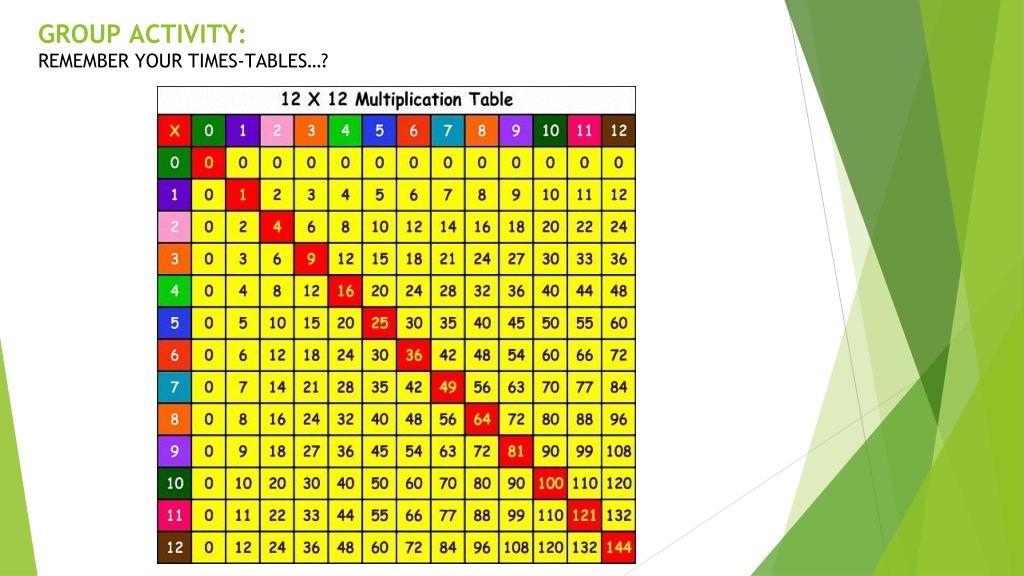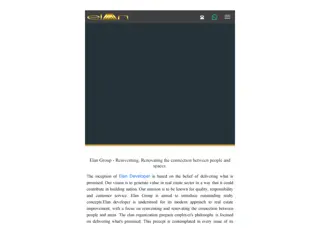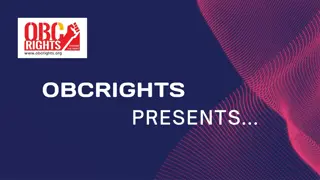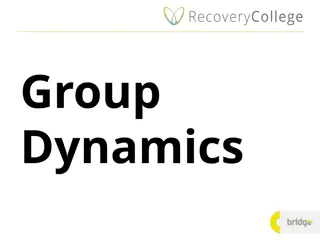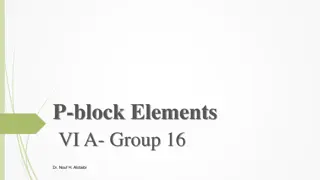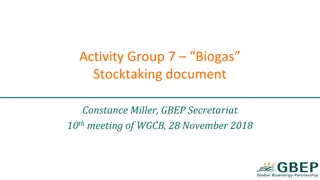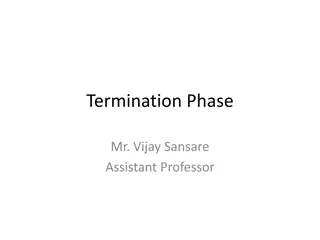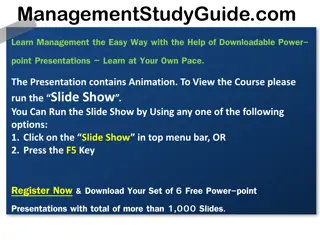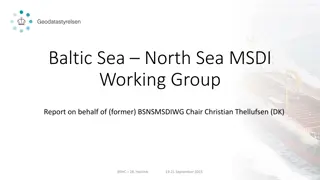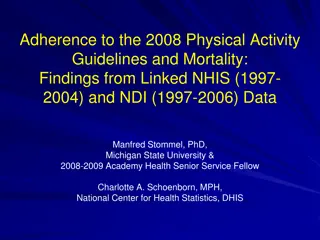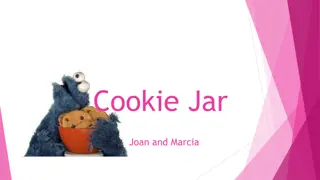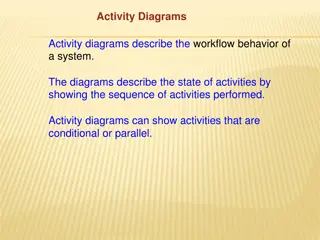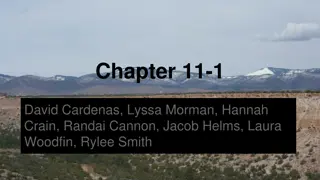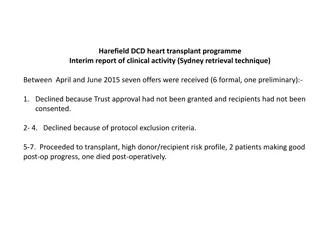GROUP ACTIVITY:
Differences between stress and anxiety, how they manifest, and their effects on mental health. Learn to identify triggers and manage responses effectively, shifting towards a healthier perspective on stress. Dive into the TED talk by Kelly McGonigal to discover how to make stress a friend rather than a foe.
Download Presentation

Please find below an Image/Link to download the presentation.
The content on the website is provided AS IS for your information and personal use only. It may not be sold, licensed, or shared on other websites without obtaining consent from the author.If you encounter any issues during the download, it is possible that the publisher has removed the file from their server.
You are allowed to download the files provided on this website for personal or commercial use, subject to the condition that they are used lawfully. All files are the property of their respective owners.
The content on the website is provided AS IS for your information and personal use only. It may not be sold, licensed, or shared on other websites without obtaining consent from the author.
E N D
Presentation Transcript
GROUP ACTIVITY: REMEMBER YOUR TIMES-TABLES ?
Stressed out, or anxious? On a scale of 1-5 (1 being perfectly comfortable and 5 being extremely uncomfortable), rate your response in anticipation of this activity For those who experienced discomfort: would you describe your feelings as stress or as anxiety? Do you distinguish between the two?
So whats the difference? Stress Anxiety Triggered by real or perceived stressors Natural, normal response to a real challenge or threat Feelings of worry or nervousness that are often disproportionate to the stressor Can make us feel nervous, angry, frustrated, anxious, but also excited or motivated Typically does not co-exist with more positive emotions Can trigger fight, flight or freeze response Triggers fight, flight or freeze response Uncomfortable feelings resolve when the challenge is met or the threat is neutralized Uncomfortable feelings linger, even in the absence of stressors
What do these words mean? Mental Disorder/ Illness Anxiety Mental Health Problem Stress Mental Distress No Distress, Problem or Disorder Image adapted from: www.teenmentalhealth.org
Shifting our language; shifting our thinking Stress as the enemy of a healthy life We have come to view all stress as a toxic state, to be minimized or avoided Research suggests we need to shift our thinking
TED Kelly McGonigal Make Stress your Friend TED Kelly McGonigal Make Stress your Friend
Stress Response Curve 1. How are you thinking about your stress response? (positive/negative) 2. What is the problem and what are possible solutions? 3. What is the intensity of your stress response?
Helpful Strategies Figure out what the problem really is Consider the solutions Accept what you can t change Be realistic Acknowledge your feelings Build healthy relationships Limit or avoid drugs/alcohol Eat a healthy diet Be active Sleep Time Management
Assignment #4 Coping with Stress test one or more strategies to help you deal with any particular stress you may be dealing with Try it out for a minimum of one week and complete a short reflection BEFORE and AFTER you have completed your coping strategy each day At the end of the process, you will write a paragraph long reflection to summarize your findings
